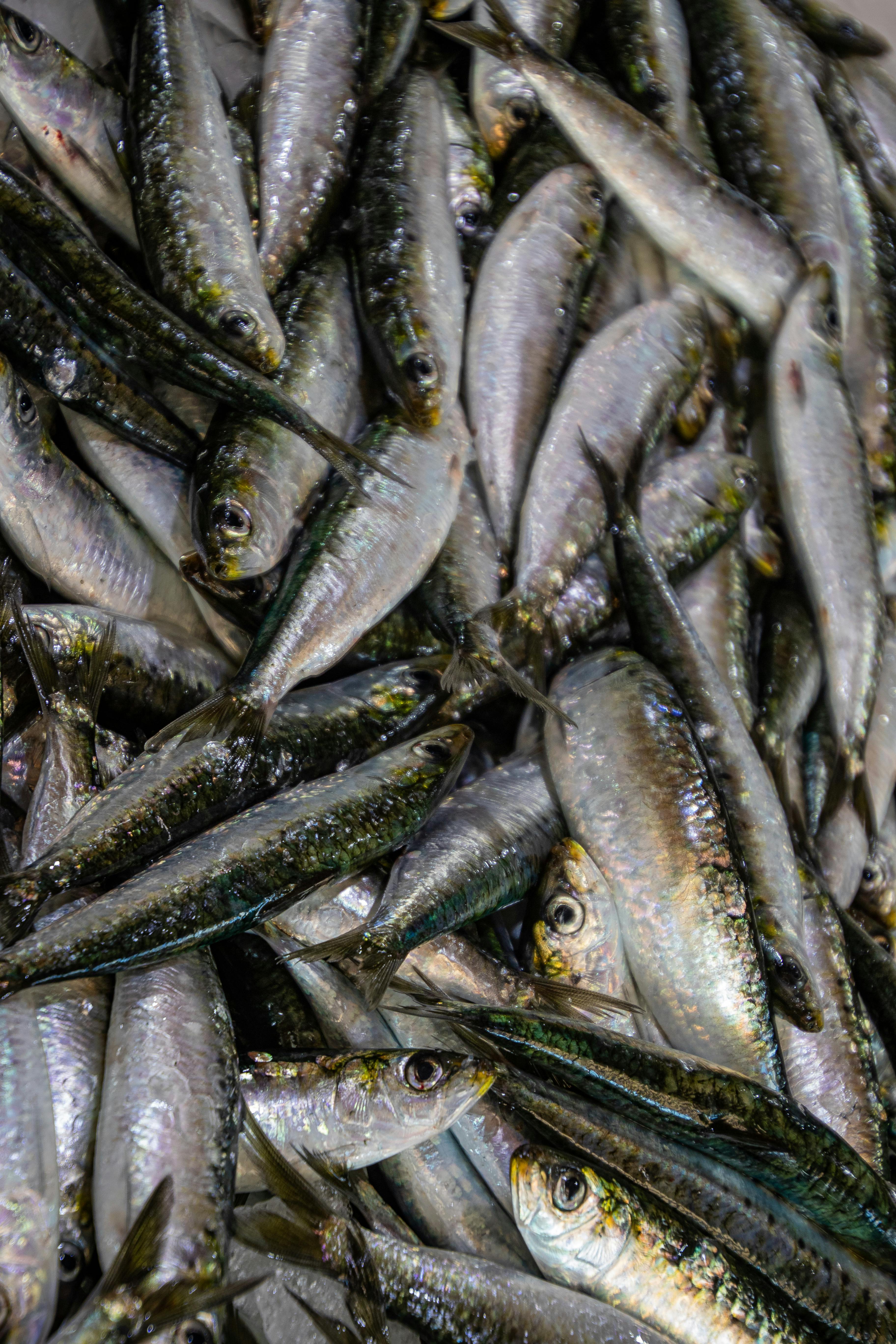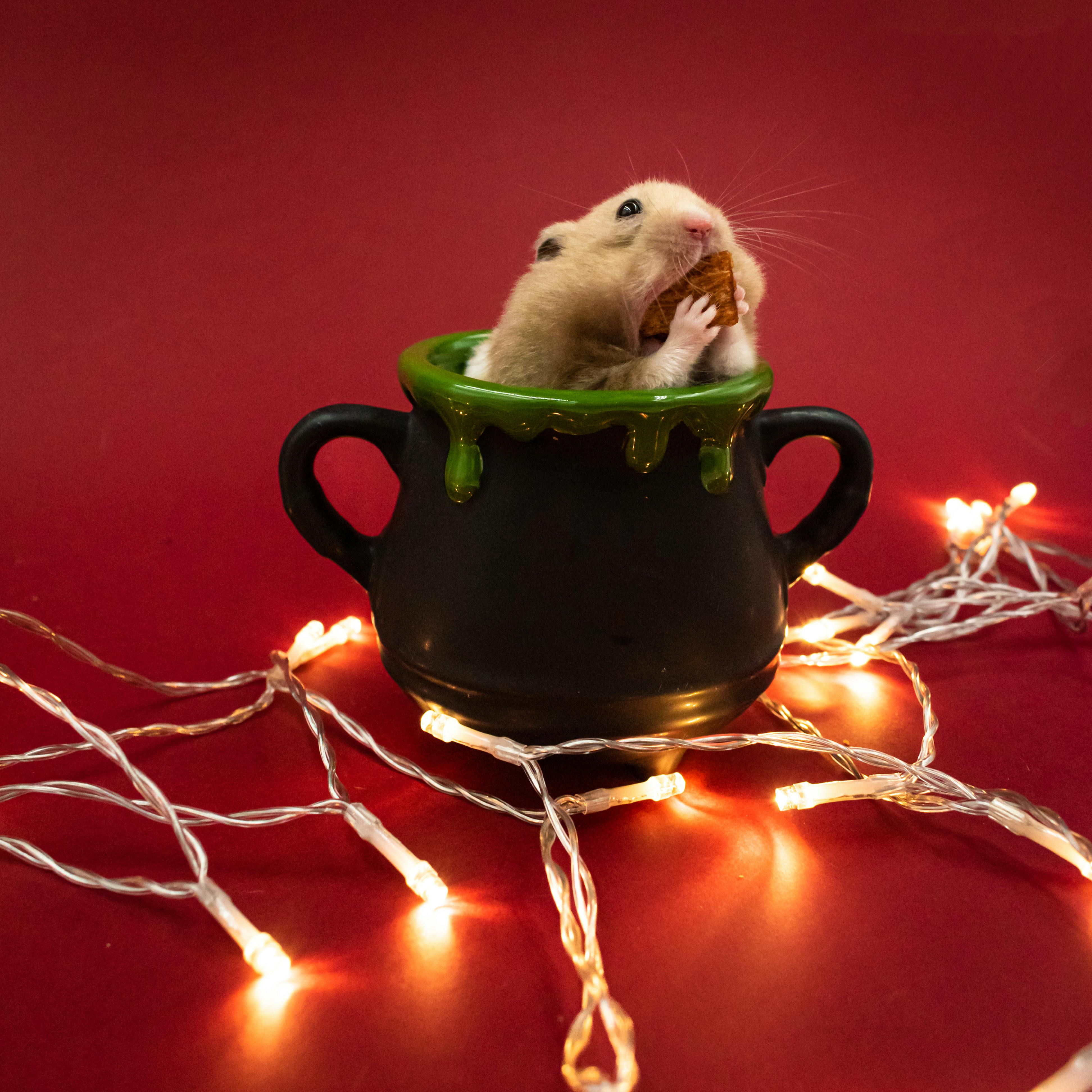Smart Ways to Enhance Pea Puffer Care in 2025: Discover Insights!

Essential Guide to Pea Puffer Care: Discover Proven Tips for 2025!
If you're considering adding a pea puffer to your aquarium, you're in for a delightful experience. Pea puffers are small, vibrant, and full of personality, making them a favorite among freshwater fish enthusiasts. Proper care for pea puffers is essential to ensure their health and happiness. This guide aims to equip you with comprehensive knowledge on their care, tank setups, feeding, breeding, and much more for the upcoming year 2025.
Here’s what you can expect in this article:
- An overview of pea puffer habitat and tank setup
- Feeding strategies and dietary requirements
- Compatibility with tank mates
- Breeding and care for juvenile and adult pea puffers
- Common health issues and maintenance tips
Let’s dive into the essentials of pea puffer care!

Understanding Pea Puffer Habitat and Tank Setup
Creating an ideal habitat for your pea puffers begins with understanding their natural environment. Native to freshwater rivers and lakes in Southeast Asia, these puffers thrive in densely planted areas where they can hide and explore. Thus, mimicking this habitat in your aquarium is crucial.
Ideal Tank Conditions for Pea Puffers
Pea puffers require a well-established aquarium with a minimum size of 10 gallons—though larger is always better for their comfort and health. The water temperature should be maintained between 75°F to 82°F, with a pH level between 6.5 and 7.5. Ensure that your tank is equipped with adequate filtration to support their delicate health.
Pea Puffer Substrate and Decorations
When setting up your tank, consider using a fine sand or soft substrate to protect their sensitive bodies. Incorporate plenty of live plants, driftwood, and hiding spots to recreate their natural environment. Not only do these elements provide shelter, but they also encourage natural behaviors.
Water Quality and Maintenance
Maintaining optimal water quality is crucial for your pea puffer's health. Regular water changes are needed—aim for 25% every week. Test the water parameters weekly to check for ammonia, nitrites, and nitrates. Keeping these levels low is essential to prevent stress and health issues.
With a proper understanding of the pea puffer's habitat and necessary tank conditions, it's time to explore how to feed them effectively.
Effective Feeding Strategies for Pea Puffers
Feeding pea puffers can be one of the more rewarding aspects of their care, as they have some distinct dietary preferences. Understanding what to feed your puffers will help in promoting their health and well-being.
Dietary Requirements and Food Types
Pea puffers are carnivorous; their diet should primarily consist of high-quality protein foods. Live and frozen foods are particularly beneficial—consider offering ghost shrimp, daphnia, or bloodworms. The inclusion of these foods can enhance their color and overall health. Recognize the best food for pea puffers to ensure they receive the right nutrients for growth and energy.
Feeding Frequency and Techniques
Juvenile pea puffers require more frequent feedings compared to adults, ideally 2-3 times a day, while adults can be fed once daily. It's essential to monitor their feeding habits to ensure they are not overfeeding, leading to water quality issues. Also, balance their diet with high-quality pellets specially formulated for puffers.
Common Feeding Mistakes to Avoid
Avoid feeding your pea puffers solely on flakes or dry food, as this can lead to health complications over time. Ensure to vary their diet regularly and consider incorporating some plant materials occasionally to mimic their natural foraging behavior.

With proper feeding strategies in mind, it’s important to choose tank mates that enhance their living experience while ensuring their safety and comfort.
Choosing Compatible Tank Mates for Pea Puffers
Cohabiting pea puffers with other aquatic species requires careful consideration. Due to their territorial nature, not all fishes are suitable companions.
Understanding Pea Puffer Behavior
Pea puffers can exhibit aggressive territorial behavior, especially during feeding times or when establishing their space in the tank. Their fitting tank mates should share similar water requirements but avoid overly aggressive species. Ideal candidates often include smaller, fast-moving fishes that can escape if necessary.
Best Tankmates for Pea Puffers
Among the most compatible species, look for smaller rasboras, tetras, and certain shrimps. It's crucial to introduce any new fish gradually and observe their interactions closely to prevent aggression.
Establishing a Community Tank
To create a thriving community tank with pea puffers, consider the dynamics between species. Overcrowding can increase stress levels, making territorial aggression more likely. Furthermore, upgrading tank size when adding more fish will benefit all residents.
Successfully managing a pea puffer environment leads us to discuss their breeding practices and care for their offspring.
Breeding Pea Puffers: Tips for Success
If you're looking to breed your pea puffers, understanding their mating rituals and requirements is key. They typically breed well in balanced and well-maintained tanks.
Creating the Right Breeding Environment
Set up a separate breeding tank with soft water, a pH around 7, and an abundance of plants to provide hiding spaces. The introduction of breeding caves can also stimulate breeding behavior, encouraging the female to lay eggs.
Breeding Behavior and Mating Rituals
Breeding behavior often involves males displaying vibrant colors and engaging in circular swimming patterns to attract females. Successful mating usually leads to the female laying tiny eggs on leaves or substrate. After fertilization, remove the adults, as they may consume the eggs.
Caring for Juvenile Pea Puffers
After hatching, feeding young pea puffers requires specialized foods, such as infusoria or finely crushed flakes. Gradually transitioning them to frozen foods as they grow will support healthy growth rates.
Maintaining the right environment and feeding practices promote the well-being of both adult and juvenile pea puffers. Next, we’ll delve into common health issues and maintenance tips.
Common Health Issues and Maintenance Tips
Keeping your pea puffers healthy involves understanding common health issues and implementing effective maintenance routines.
Identifying Health Issues in Pea Puffers
Pea puffers can experience various health problems, including fin rot, parasites, and stress-related conditions. Monitoring their behavior and appearance regularly is essential for early detection. Signs of a healthy pea puffer include clear eyes, active swimming, and vibrant color patterns.
Water Quality Management
Ensuring pristine water quality is foundational to avoiding health issues. Regular testing and monitoring of water parameters can help prevent ammonia spikes and ensure adequate filtration. Pay attention to the frequency of water changes to maintain peak conditions.
Pea Puffer Maintenance Routine
A routine maintenance schedule should incorporate regular cleaning of the tank, filter maintenance, and changes in water. Create a log of maintenance activities to track the condition of your aquarium and identify any patterns or issues that arise.
By being proactive and observant, you can create a space that keeps your pea puffers happy and thriving. Finally, let's address some common questions fish enthusiasts might have.
Q&A Section for Pea Puffer Owners
What is the ideal tank size for pea puffers?
The minimum recommended tank size is 10 gallons, but larger tanks are beneficial for their well-being and to reduce territorial behavior.
Can pea puffers be kept with shrimp?
Pea puffers can cohabit with certain shrimp species, but caution is advised, as the puffers may see them as food. Carefully monitor interactions until you're assured of their compatibility.
What are the signs of stress in pea puffers?
Signs of stress can include hiding, lethargy, and changes in appetite. Regular monitoring and providing environmental enrichment are essential for reducing stress.
How can I enhance my pea puffer's living conditions?
Enhancing their living conditions may include incorporating more plants, providing more hiding spots, and ensuring optimal water parameters are maintained.
How often should I perform water changes?
A 25% water change every week is typically recommended to keep water quality high and maintain fish health.
By applying these insights, you'll create an optimal environment that supports the well-being of your pea puffers and enhances your experience as an aquarium keeper. For further details and in-depth care guides, consider checking out the additional resources available on freshwater puffers care and pea puffer compatibility chart.